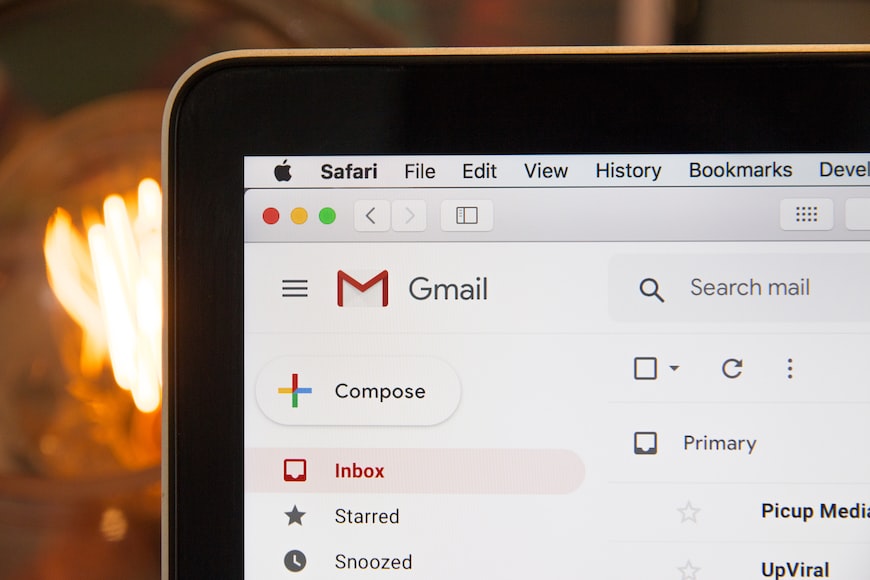Email marketing is a magnificent approach to gaining consumers’ attention. It doesn’t require that you create content from scratch, and it gives you the ability to send customized messages based on customer behavior. But email marketing can be time-consuming if you have to manually send each email one by one. Fortunately, there’s an easier way: automated emails! Automated emails work like regular emails, but they’re sent automatically whenever a certain event happens in your business. You don’t have to take action every time someone signs up for your newsletter or buys something from your store—instead of manually sending these people an email, automating the process will ensure they don’t miss out on these important announcements and updates. Best of all? Automated emails are easy-to-create using our step-by-step guide below!
What Is an Automated Email?
Before we begin, let’s take a moment to explain what an automated email campaign is. An automated email campaign is a series of emails that are sent out in a predetermined sequence according to the settings you set up. These messages can be triggered by actions users take on your website or triggered by specific events happening in your business.
- An example of an automated email campaign might be having an automated welcome message for new customers or having an “updated their profile” reminder for existing customers who haven’t logged in recently (which is something commonly used by banks and retailers).
Why Automated Emails Are Essential for Your Business
- You can engage with customers in a more personal way.
- You can increase sales.
- You can increase customer loyalty and retention (which, as you know by now, is the most important part of any business).
How to Create an Effective Email Automation Campaign in 4 Steps
The following steps will help you get your email automation campaign off the ground:
- Create a plan: The first step to creating an effective automated campaign is to create a plan. This means deciding whom you want to target, how often and when you’ll send out messages, what content will be included in each message, and so on.
- Define your goals: You need to know what success looks like for this campaign before you can measure whether or not it’s successful. What are you hoping your customers will do after reading these emails? Do they have any specific needs that could be addressed by targeting similar people with different messages? If so, how many of them do they represent (or how much revenue might they represent)? Your answers should give you some idea of what success means for this particular email automation strategy.
- Set up your email automation software: Once your goals have been defined and your plan has been created (or at least written down), it’s time to set up the tools needed to deliver successful automated campaigns consistently over time—in other words, choosing the right email marketing platform or tool for this job makes all the difference in making sure these messages reach their intended audience(s) timely manner with minimal effort from both parties involved; otherwise there may not be any point trying at all because no one would see them anyway!
This blog post will get you started with the right tool.
Nail Your Audience Segmentation
Segmentation is one of the most important aspects of a successful email automation campaign. You should segment your audience into groups based on their interests, demographics, and purchase history. If you have a large enough database, you may even be able to segment them further into smaller market segments.
If you’re still new at this whole email automation thing, start by following these best practices:
- Keep things simple! There is no need to add too many different segments for your campaign to work properly; just make sure you have enough data points so that each group has at least 50 members in it. For example, A list with 10,000 subscribers might be divided into two groups (those who bought item A and those who didn’t). Or three groups (those who bought item B but not A; those who bought both items A & B but not C; those who purchased all three products). This will keep everything manageable while still allowing for analysis later on down the road when things get bigger/more complex.
Learn the importance of audience segmentation and discover some tips!
Plan Your Content and Timing
Now that you know how to create an automated email campaign, it’s time to prepare your content. Planning is key when it comes to creating successful campaigns that drive results.
There are a few things to keep in mind when planning your email content:
- The type of language you use should be friendly and conversational. This helps build trust between your company and customers; the more comfortable they feel with your brand, the more likely they are going to want something from you.
- Include images—whether they’re photos or illustrations—that reinforce what’s being said in the copy itself. Images help break up text into easily digestible chunks, which makes reading easier on mobile devices as well as computers! They also allow subscribers who have opted out of receiving graphic-heavy emails (like those with PDF attachments) still see roughly what message is being conveyed without having access to any additional information about it unless specifically requested by way of clickable links within each paragraph block itself.”
Use smart email marketing automation to increase your customer engagement.
Email marketing automation is the best way to grow your business.
With email automation, you can save time and money while building relationships with customers. You’ll also be able to build trust with potential clients by providing them with helpful, relevant information when they need it most.
You can use email marketing automation for many different things, including:
- Sending welcome emails after a purchase or signup
- Reminding customers about past purchases and promotions
- Sending birthday wishes from the company (if you’re feeling extra nice)
Explore more about email automation and learn how to grow your business with it!
Culmination
Remember, excellent customer service is all about building relationships with your audience and being there for them when they need you. Automated emails can help you do that by creating a more personal connection with your customers. They’re also an integral part of any marketing strategy. By using these tools effectively, you can stay on top of your game while still focusing on the most important thing: giving your customers what they need!
Take the Next Step!
If you’re ready to take your business to the next level, we at EXP Digital Marketing can help!
Our team has worked with hundreds of businesses just like yours—and we know what works! If you’re looking for more help with your email automation, we’d love to hear from you! Good luck and happy business!



